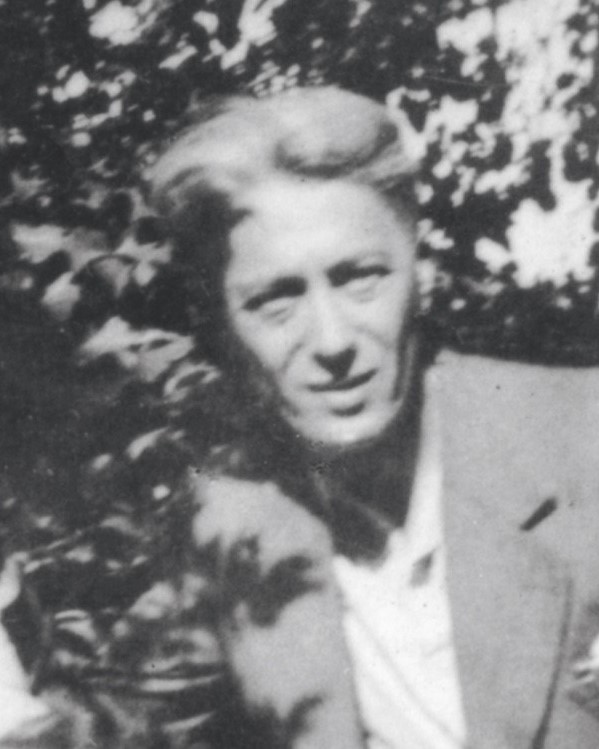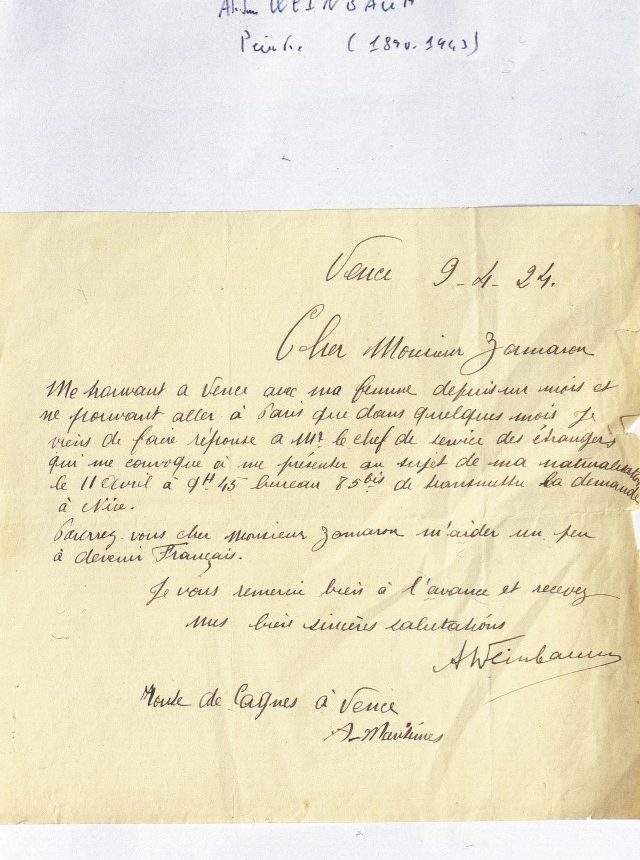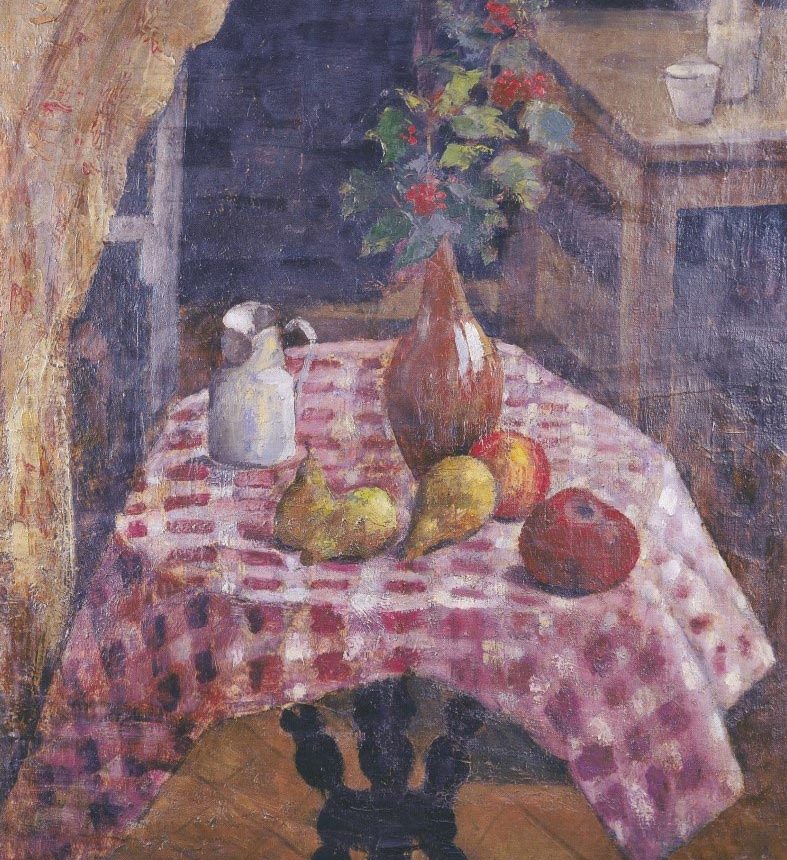Lazare VOLOVICK
January 4, 2019Ossip WEINBERG
January 4, 2019Abraham WEINBAUM
KAMENEC-PODOLSKIY (UKRAINE) 1890 – DEPORTED TO SOBIBOR 1943
Abraham Weinbaum’s father was a textile industrialist and settled in Lodz with his family. Abraham Weinbaum was not very attached to this city, which he considered too materialistic, and he moved to Odessa to study painting. He was looking for a more “romantic” city and went to Krakow where he got in the touch with the revolutionary Jewish youth. He became friends with the painter Joseph Leski. Weinbaum studied painting at the School of Fine Arts in Krakow with Joseph Pankiewicz who made him want to discover Paris and its masters. He arrived in Paris in 1910 and exhibited his work at the official Salons. He also exhibited his paintings with success in Belgium, where the state acquired one of his works. Weinbaum often traveled to Lodz. In 1940, he left for Marseille with his wife and daughter. They were arrested on January 22, 1943, were interned in Compiegne and later transferred to Drancy. On March 23, 1943, they were deported on convoy number 52. They were murdered in Sobibor.
Stories of Jewish Artists of the School of Paris 1905-1939
FRENCH-ENGLISH
Capitale des arts, le Paris des années 1905-1939 attire les artistes du monde entier. De cette période de foisonnement, un terme est resté, celui d'Ecole de Paris, qui recouvre une grande diversité d'expression artistique. Dans ce brassage dont Montparnasse est le creuset, un groupe se distingue : celui des artistes juifs venus de Russie, de Pologne et d'Europe centrale. Si leurs styles sont variés, un destin commun les rassemble : ils fuient l'antisémitisme de leur pays d'origine. Certains ont connu la célébrité dès les années 1920, tels Soutine, Lipchitz ou Chagall. D'autres n'ont pas eu le temps ou la chance d'y accéder. Près de la moitié a péri dans les camps de concentration nazis.
From 1905 to 1939, Paris attracted artists from all over the globe as the capital of the art world. This period of artistic proliferation became known as the School of Paris, and includes a great diversity of artistic expression. Within the teeming art world centred on Montparnasse, one group set itself apart: Jewish artists from Russia, Poland, and Central Europe. Although their styles were diverse, they shared the common fate of fleeing anti-Semitic persecutions in their home countries. Some became famous in the 1920s, such as Soutine, Lipchitz, and Chagall, while others did not have the time or the luck to gain renown. Nearly half of these artists died in Nazi concentration camps.







